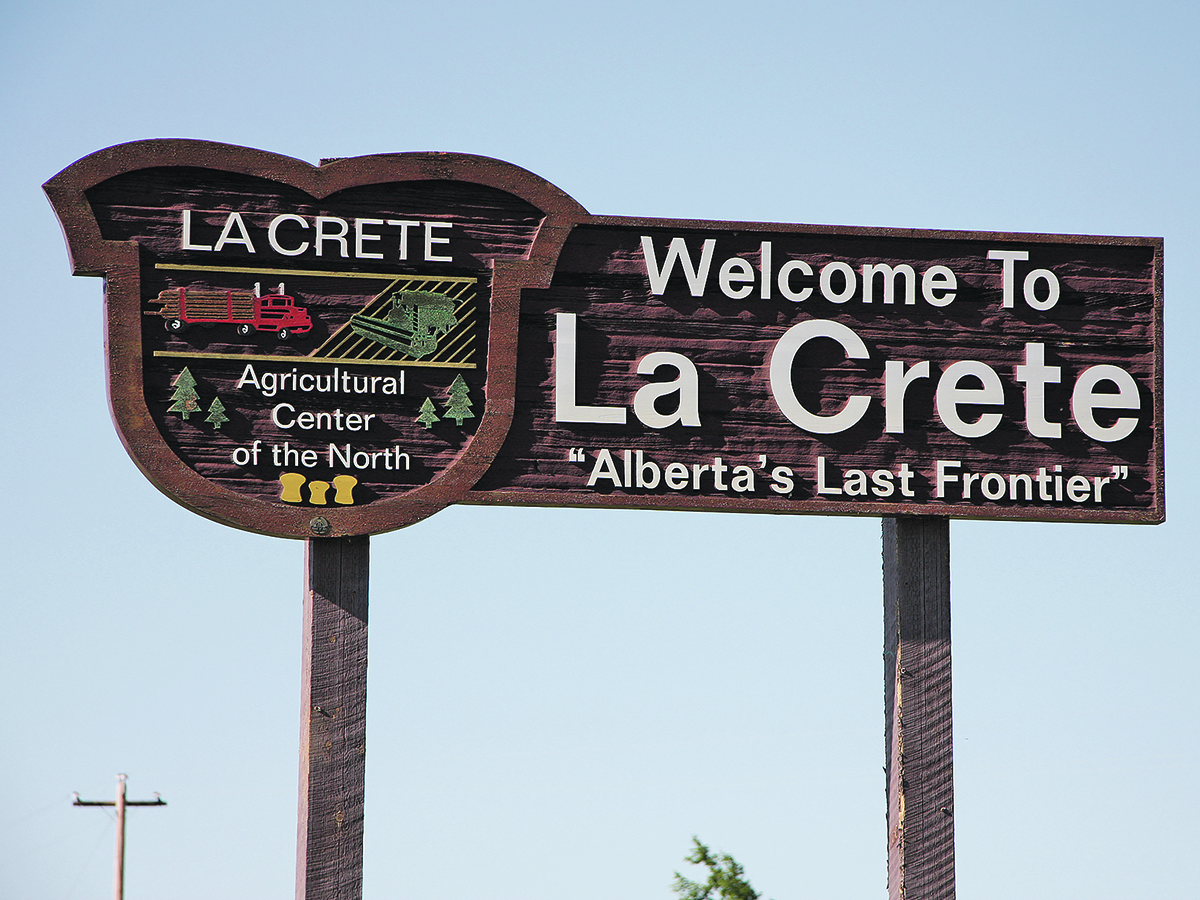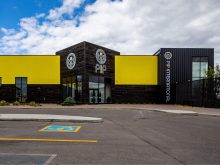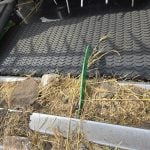The Alberta Geographical Names Web Map explains the history behind the names of 9,000 places across the province
Albertans can now learn more about the history of provincial place names online.
“Alberta’s government is committed to strengthening our province by expanding resources, promoting preservation and celebrating Alberta’s unique cultural heritage and identity,” wrote Garrett Koehler, press secretary for the Ministry of Arts, Culture and Status of Women.
The Alberta Geographical Names Web Map allows Albertans to see almost 9,000 place names across the province. The new web map makes it easy for people to learn about the rich cultures, people and history that have shaped the province.
Read Also

A power of attorney document may no longer be enough
Recently, some financial institutions have begun imposing their own internal form of “verification” requirement with respect to powers of attorney.
The program maintains a database with information on geographic features including rivers and lakes, mountains, municipalities and provincial parks.
Someone who wants to know how their hometown got its name or if a particular historical figure had a place named after them can easily search the map by name, location or type of place.
“Place names play a large and often unacknowledged role in our everyday lives,” Koehler said.
“Knowing the heritage of the names of the places important to us can provide a closer connection to the places we live, visit and enjoy.”
He also said place names are a part of the province’s cultural heritage.
“The stories and traditions associated with place names are a great historical resource and can provide insight into the values and traditions of previous generations and the users of those places,” he said.
“School teachers and students can use the map to build knowledge of our communities and province. Researchers, such as academics, local historians and genealogists, can use the map and the origin narratives as a reference in their work.”
The program has been researching and documenting the origins of Alberta’s place names since 1974, continuing the work of the Geographic Board of Alberta, which existed from 1946 to 1974.
Federal naming authorities have also been involved. The Geographical Names Board of Canada (formerly the Geographic Board of Canada) has been active since 1897.
Work on the Alberta Geographical Names web map began in 2023.
“Although research and documentation of Alberta’s place names has been occurring for many decades, there are still a lot of unknowns of the origins of many of the official place names we use today,” Koehler said.
“New sources, both from archival research and from the stories and recollection of people familiar with those places, help to fill in those knowledge gaps.”
Recommendations for new place names or changes to existing place names can be suggested by visiting https://www.alberta.ca/alberta-geographical-names-program.
















